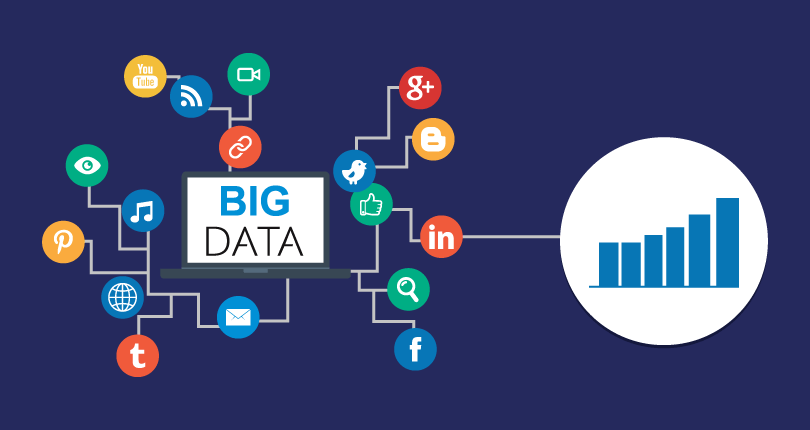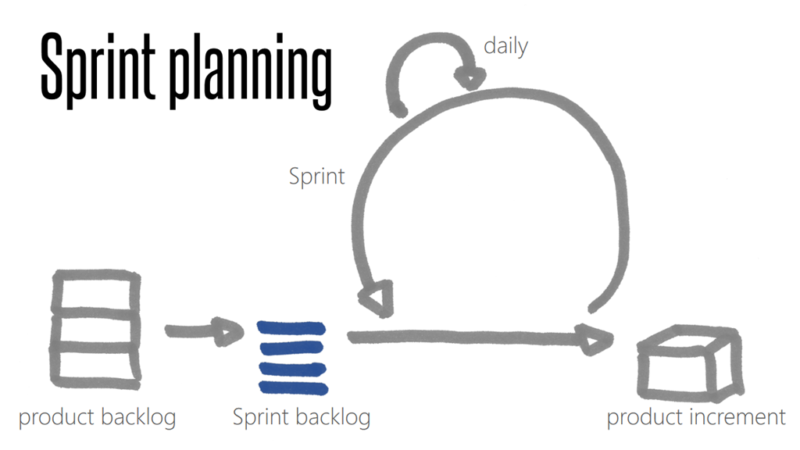Big data and digital advertising: how they interact to increase marketing effectiveness

Science and technology are advancing rapidly, with them the ability to collect data about digital advertising.
This expansion of the Internet and communication technologies has impacted fields as diverse as the economy, business, industry and management, resulting in fundamental changes.
While before messages were launched to the entire population, now we are looking to find the ideal customer, the one who can make use of our product or service to satisfy their needs, the so-called “buyer persona”.
Thus, planning began to distribute information to customers interested in these products or services in the right places, at an affordable price, at the right time. After adopting this way of directing advertising efforts, the results were not long in coming.
Finding customers, determining prices, defining the ideal moments, all of this can be the result of a careful analysis of the data that technology is capable of collecting.
Every time we use a smartphone, a computer or any device with Internet connectivity, we leave a data trail, a kind of map of our digital behavior.
All of this is stored in large databases, known as Big Data. The more details you add to Big Data, the more opportunity you have to make predictions about possible future scenarios that, with correct analysis, can help guide marketing and advertising decisions to obtain better results .
Table of Contents
The why of Big Data
Big data technologies are used to ensure revenue while automating business performance. The use of Big Data technologies allows the automation of the performance of a company, to guarantee revenue.
Advanced systems that guarantee revenue allow companies to detect losses in a timely manner, analyze data deeply and clarify inconsistencies in information.
Companies that use Big Data technologies have a positive impact on data growth, quality improvement and decision making .
Interaction between Big Data and digital advertising
Parallel to the rapid development of information technologies, there is a rapid increase in the abundance of information , everything is stored in one place.
In this way, all the information collected by most communication channels at points of sale is gathered, such as phone calls, emails, chats, registration forms on websites, advertising links, social networks, surveys, etc. The database “knows” every interaction with the customer.
This information is subjected to a data analysis process, the demand for the company’s products is predicted and customers are segmented.
Information is a key aspect of successfully predicting the growth of a business and in directing your marketing strategy. For some time now, Big Data analysis has been used successfully to identify the target audience, interests, needs, and activities of consumers .
This is how Big Data analysis, based on a model of use of information in real time, creates opportunities to display ads only for customers interested in the product or service. This implies that the resources destined for digital advertising are used more efficiently .
The analysis of user behavior has led to the appearance of new advertising services and formats. This includes the measurement of audiences through different devices, also known as Corss-Device Targeting .
Big Data, Marketing and Sales
Advertising then becomes a vehicle for transmitting information that attracts more customers, as a result of a carefully crafted marketing strategy in light of the knowledge provided by Big Data.
But once advertising has met its goal, other gears of marketing and sales go into motion.
Among the applications of Big Data in the field of marketing in companies we can mention:
- Get to know consumers better and attract the same audience on the Internet
- Evaluate the level of customer satisfaction
- Understand the reliability of the service offered that meets your needs
- Find new ways to approach, implement them to increase customer confidence.
- The development of projects, products and services on demand
Big Data also intervenes in favor of the way in which prices are defined, managed and distributed throughout all sales networks . This means that price optimization for a product or service is becoming more efficient thanks to advances in algorithms and advanced Big Data analysis techniques.
It is possible to obtain a more than useful Customer Value Analytics (customer value analysis). Thus, vendors have the opportunity to deliver consistent experiences for customers across all communication channels .
The classification of sales prospects ( leads ) is made easier , increasing their quality, the precision of the list, the planning of the territory and the profit rates.
At the marketing level, Big Data provides knowledge about the most relevant content at each stage of the consumer journey, how CRM (Customer Relationship management) systems can be improved, as well as the implementation of strategies to increase conversion rates. .
Conclusions
Taking the information that Big Data and its analysis provide, about the behavior of users and their reaction across different channels and devices, constitutes a true competitive advantage.
The implementation of Big Data collection and analysis systems in companies generates great opportunities to achieve the highest efficiency.
Advertising efforts and budget can be used more efficiently, in support of the entire marketing and sales department.





